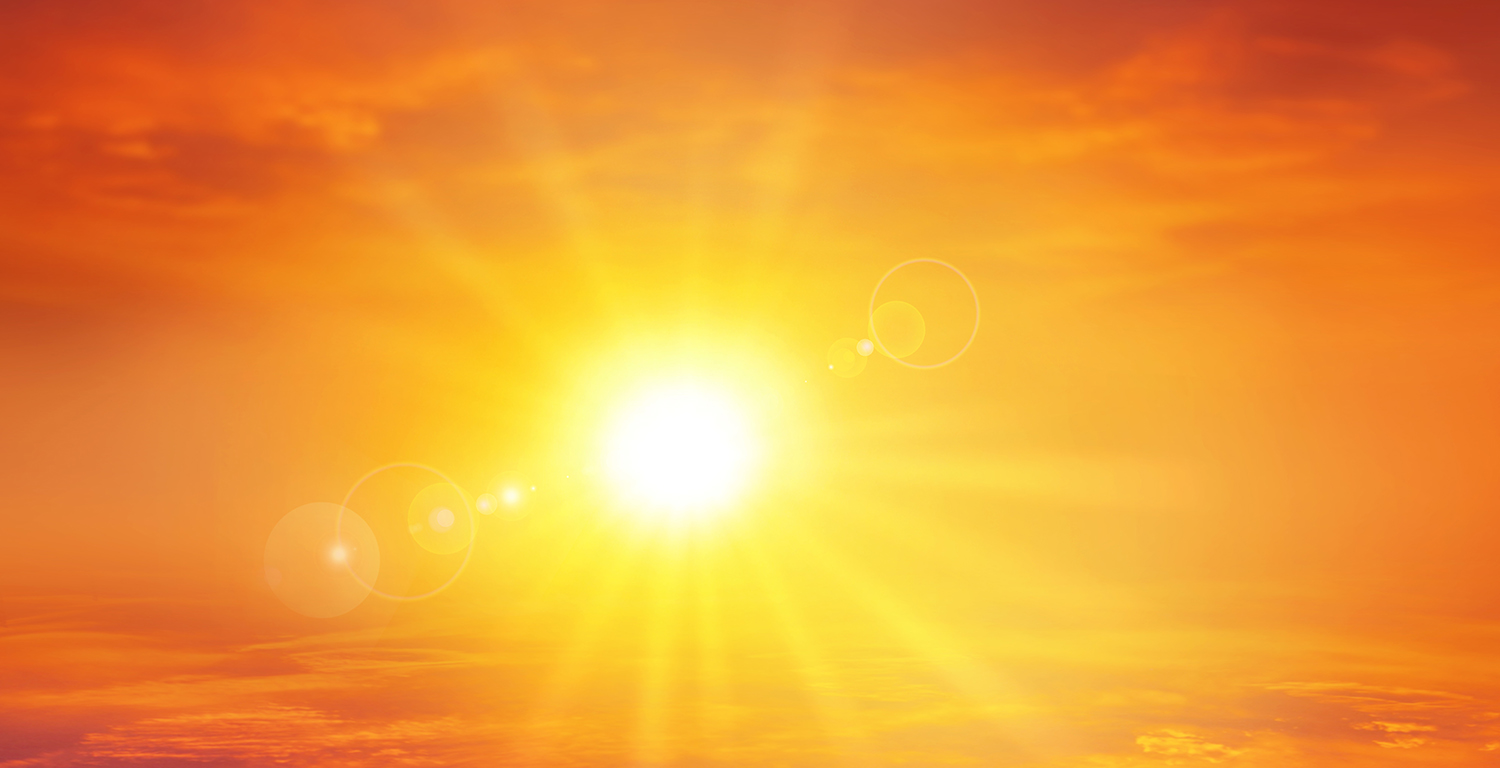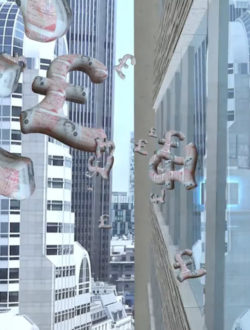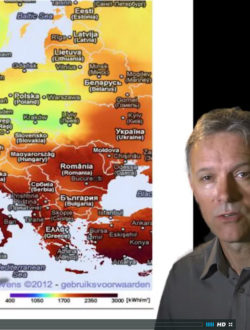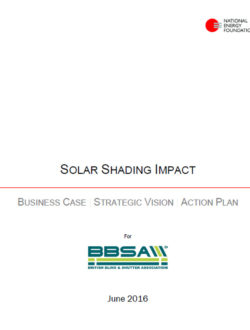Solar shading helps reduce solar gain – particularly if fitted externally to glazing
The heat from the sun’s rays is a significant cause of overheating in buildings, resulting in discomfort to occupants and increased energy use to remove the unwanted heat. Solar shading helps to reduce and control solar gain, improving the wellbeing and productivity of occupants and reducing cooling loads.
The problem
The problem of excessive solar gain can be summarised as:
- The power of the sun is infinitely variable – it is a dynamic force and glazing is typically static, so cannot adequately cope with the variability of the sun’s irradiation;
- As the UK is a ‘heating nation’, glazing is typically specified to retain winter heat with low-e coatings – but these also prevent excess summer heat from escaping;
- Thermally inefficient glazing units have interior surface temperatures which differ from the temperature of the other surfaces and the mean air temperature. This results in uncomfortable internal conditions, and energy-intensive mechanical air conditioning cannot alter this radiant thermal exchange;
- A poorly insulated transparent envelope can also result in local thermal discomfort due to non-uniform thermal radiation – for instance, in perimeter zones of the building.
The solution
Solar shading can help regulate solar gain in buildings by reflecting excess heat. This is particularly true of external shading, or shading within ventilated facades.
Correctly-specified internal shading with reflective coatings can also help control excess solar irradiation – this is the most popular form of shading in the UK.
Shading goes hand in hand with ventilation strategies, as warm air needs to be removed from buildings to help regulate internal temperatures.
Linking solar shading to environmental systems or environmental controls ensures that the shading position is optimised through automation. Link to automation page
The evidence
The Zero Carbon Hub’s report Overheating in Homes – The Big Picture (2015) says that overheating is occurring in up to 20% of England’s housing stock, and is expected to become a more prevalent problem in the future.
Professor Heiselberg, of Aalborg University in Denmark, states in his work on passive cooling that modern airtight, well-insulated buildings have an increased need for cooling; not only in the summer, but throughout most of the year. Prof Heiselberg adds that excessively high indoor temperatures are the most commonly reported problem in post-occupancy studies, even during the heating season.
Lord Krebs, of the Climate Change Commission, highlights a study headed by Professor Alan Short of Cambridge University. It states that types of hospital ward vulnerable to overheating currently make up 90% of the total stock by floor space. The report goes on to say that one solution is external shading devices, as retro-fitting air conditioning would be uneconomic.
In offices, homes and hospitals, solar shading is identified as a key, passive solution to overheating.
Key measurement
The g-value is the measurement of total solar energy transmittance through an object, such as glazing – but gtot is a far more relevant measurement, as this this is the total solar energy transmittance through the glazing and blind combined.
The Shard in London is a fully-glazed building with a double-skinned façade containing automated blinds. Its architects have acknowledged that this iconic building would not have been possible without solar shading. With its interstitial blinds lowered, The Shard achieves a gtot of just 0.12 (88% heat rejection) for a building clad entirely in glass.





